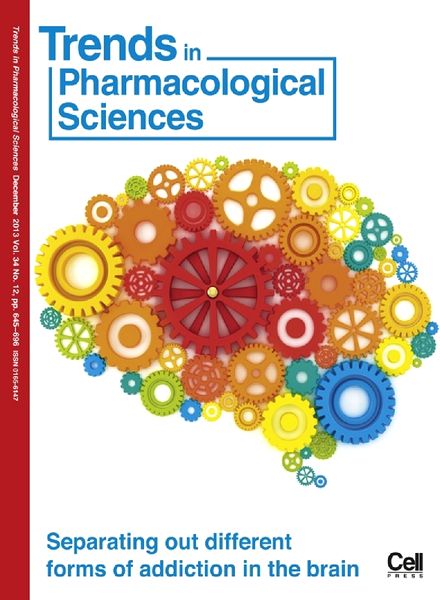“While the global incidence of cutaneous melanoma is increasing, survival rates for patients with metastatic disease remain less than 10%. Novel treatment strategies are therefore urgently required, particularly for patients bearing BRAF/NRAS wildtype tumours.
Targeting autophagy is a novel means to promote cancer cell death in chemotherapy-resistant tumours and the aim of the present study was to test the hypothesis that cannabinoids promote autophagy-dependent apoptosis in melanoma.
Treatment with Δ9-Tetrahydrocannabinol (THC) resulted in the activation of autophagy, loss of cell viability and activation of apoptosis, while co-treatment with chloroquine or knockdown of Atg7, but not Beclin-1 or Ambra1, prevented THC-induced autophagy and cell death in vitro.
Administration of Sativex-like (a laboratory preparation comprising equal amounts of THC and cannabidiol (CBD)) to mice bearing BRAF wildtype melanoma xenografts substantially inhibited melanoma viability, proliferation and tumour growth paralleled by an increase in autophagy and apoptosis compared to standard single agent temozolomide.
Collectively our findings suggest THC activates non-canonical autophagy-mediated apoptosis of melanoma cells, suggesting cytotoxic autophagy induction with Sativex warrants clinical evaluation for metastatic disease.”



1942-7611/asset/olalertbanner.jpg?v=1&s=4b27d6a6bed6b58a9935efe70e4f95efc39146bd)

